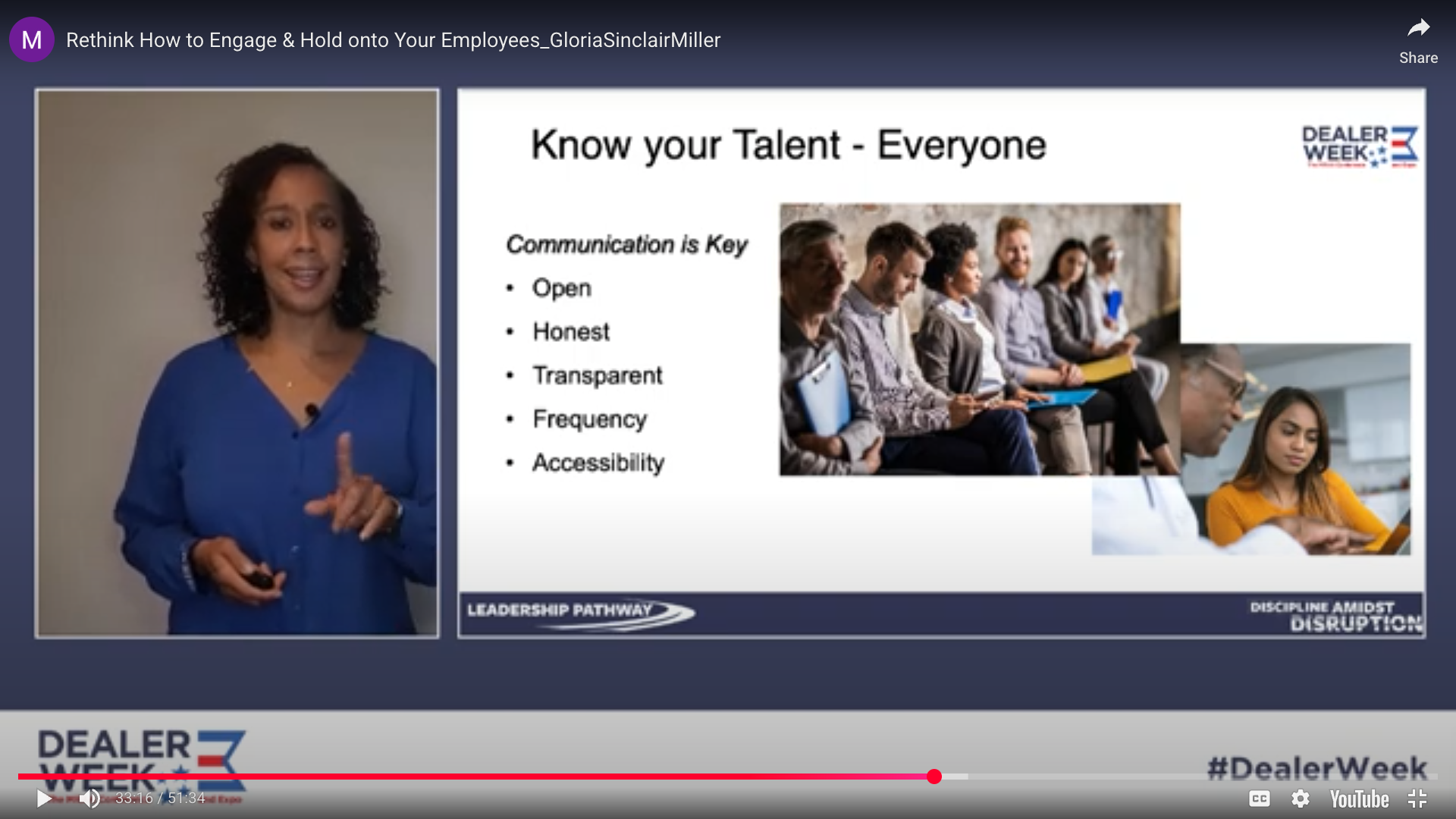Collaborative effort between the MRAA board and leading manufacturers and suppliers focuses on driving improvements in the customer experience.
By Matt Gruhn, MRAA President
In the world of major unit retail, stark differences exist between the auto and marine industries. Major unit sales volume, alone, drives the bulk of the disparities between how each industry operates and derives its profits. It also commands different approaches to the critical dealer-manufacturer relationship that impacts so much of the customer experience.
In the automobile industry, franchise agreements govern the manufacturer and dealer relationship. The dealer purchases a brand’s franchise, which comes with a set of clear expectations for how the dealership will deliver for the brand. In return, the manufacturer grants the dealer the right to sell and service its vehicles in a specific market area. Such a franchise gives the dealership an ongoing right to use the manufacturer’s trademarks and operating system, defines the dealer’s obligations and typically provides incentives for the dealer to act in the customer’s best interest because they are paid by the factory to perform warranty and recall work.
In the boating industry, dealers and manufacturers do not use franchise agreements, and there are various views on the pros and cons to this approach.
Manufacturers build a brand and set goals for their business. Dealers build a brand in their local marketplace and set their own goals. The goals generally align — sell lots of boats, take great care of customers – but they don’t always fall into perfect alignment.
For example, boat dealerships commonly carry multiple boat lines — some of which may even compete with one another — and must find a balance between the needs of each brand and the goals of their own business. Manufacturers naturally desire to be priority No. 1 in each dealership that carries their brand, and they often find it challenging that they can’t leverage dealers to abide by specific operating systems, strategic initiatives, customer satisfaction requirements or other specific criteria.
Further complicating the issue is the fact that the use of written dealer-manufacturer agreements, which would document agreed-upon expectations, is inconsistent across the marine industry. Thus, the entire system allows for gaps between the partners’ expectations for one another and the real-world performance they deliver.
All of this leaves our industry with a real need for dealers and manufacturers to engage in intentional, collaborative conversations around expectations and performance — conversations that would ultimately lead to both parties delivering a better end-user experience and higher levels of customer loyalty among today’s boat buyers.
Three years ago, MRAA’s Board of Directors (all dealers) and Strategic Partners (all manufacturers and suppliers) collaborated to add to MRAA’s strategic plan the directive for MRAA to serve as an advocate between dealers and manufacturers and, specifically, to formalize conversations between the two parties. Admittedly, as MRAA is largely a dealer-focused organization, it takes a delicate balance and a focus on not succumbing to bias in such an endeavor, and I’m proud to tell you that through the guidance of both dealers and manufacturers, MRAA is rolling out a comprehensive performance review program to support industry collaboration and growth.

MRAA has worked closely with two multi-brand manufacturers to roll out a pilot program featuring a scorecard that will encourage dealers to score and provide feedback to their respective manufacturers and a scorecard that will encourage manufacturers to score and provide feedback to each dealer in their network. The scorecards were built using direction from an MRAA strategy meeting, where both dealers and manufacturers charged MRAA to create a common platform that could be used to facilitate conversations between the two parties. After more than a year of effort put to this, including dozens of conversations with industry stakeholders, the draft scorecards were fine-tuned by the MRAA Board of Directors and then further refined through one-on-one conversations with several boat manufacturers.
The feedback was compiled, a total of eight, ever-improving scorecard drafts were created and critiqued, and near-final versions were presented for feedback to the MRAA Board and Strategic Partners at an in-person meeting on Sept. 30. The final versions are now in play with multiple boat brands as a pilot program that MRAA intends to fully rollout in 2025. We’ll learn from the first set of brands and their dealers and will refine our process and our scorecards and come back with a meaningful scorecard program intended to strengthen the collaboration between dealers and manufacturers in order to take better care of today’s boat buyers and grow our industry.
So, you might be wondering: What topics will the scorecards address? The dealer scorecard will ask manufacturers to rate their dealers and provide feedback on customer satisfaction, professional appearance, inventory management, sales, service and parts effectiveness, and operational excellence, while the manufacturer scorecard will ask dealers to rate their manufacturers on their market territory, product quality, parts delivery, satisfaction with the manufacturer’s rep, satisfaction with the overall relationship and the dealer agreement. Both the dealer and the manufacturer scorecards will also allow the parties to address education and training, marketing and promotions, warranty programs and processes, and market share.
MRAA’s discussions around this have garnered many questions, all of which we are happy to listen to and talk through. The impetus behind these efforts is that if we, as an industry, want more boat buyers and more repeat boat buyers, we must deliver a better customer experience – one that warrants today’s busy consumers investing their hard-earned money and their precious time into our products and services and into our livelihoods. We believe that in creating meaningful conversations around the dealer-manufacturer relationship and working together toward the goal of growing boating, we can create a better future for decades to come.
Samples of the Dealer and Manufacturer Scorecards will be unveiled at Dealer Week in Orlando (Dec. 8-11), and the program will be fully rolled out by MRAA and a third party — Customer Service Intelligence, Inc., who boasts a rich history in capturing voice of the customer information and data — via an email and phone call survey campaign. MRAA will then share reports with manufacturers who enroll and participate in the program. Manufacturers will receive a comprehensive report of feedback from their dealer networks — along with an (anonymous) aggregate comparison to industry and segment averages — and those manufacturers will be expected to share their dealer scores and feedback with each individual dealer.
While many tools and resources and how-to’s for using the scorecards are forthcoming as part of the launch, MRAA is confident this new program will drive performance improvements on both ends of the supply chain by helping to establish and enhance more productive dialogue between manufacturers and their dealers. The scorecards will elevate conversations around expectations for each party, and the feedback regarding performance will provide both parties a pathway to continued improvement, growth and customer loyalty.
Please stop by the Dealer Week booths for either MRAA or Customer Service Intelligence, Inc. to learn more about this or contact me directly after Dealer Week is over: matt@mraa.com.
A version of this article originally appeared in the December issue of Soundings Trade Only.




